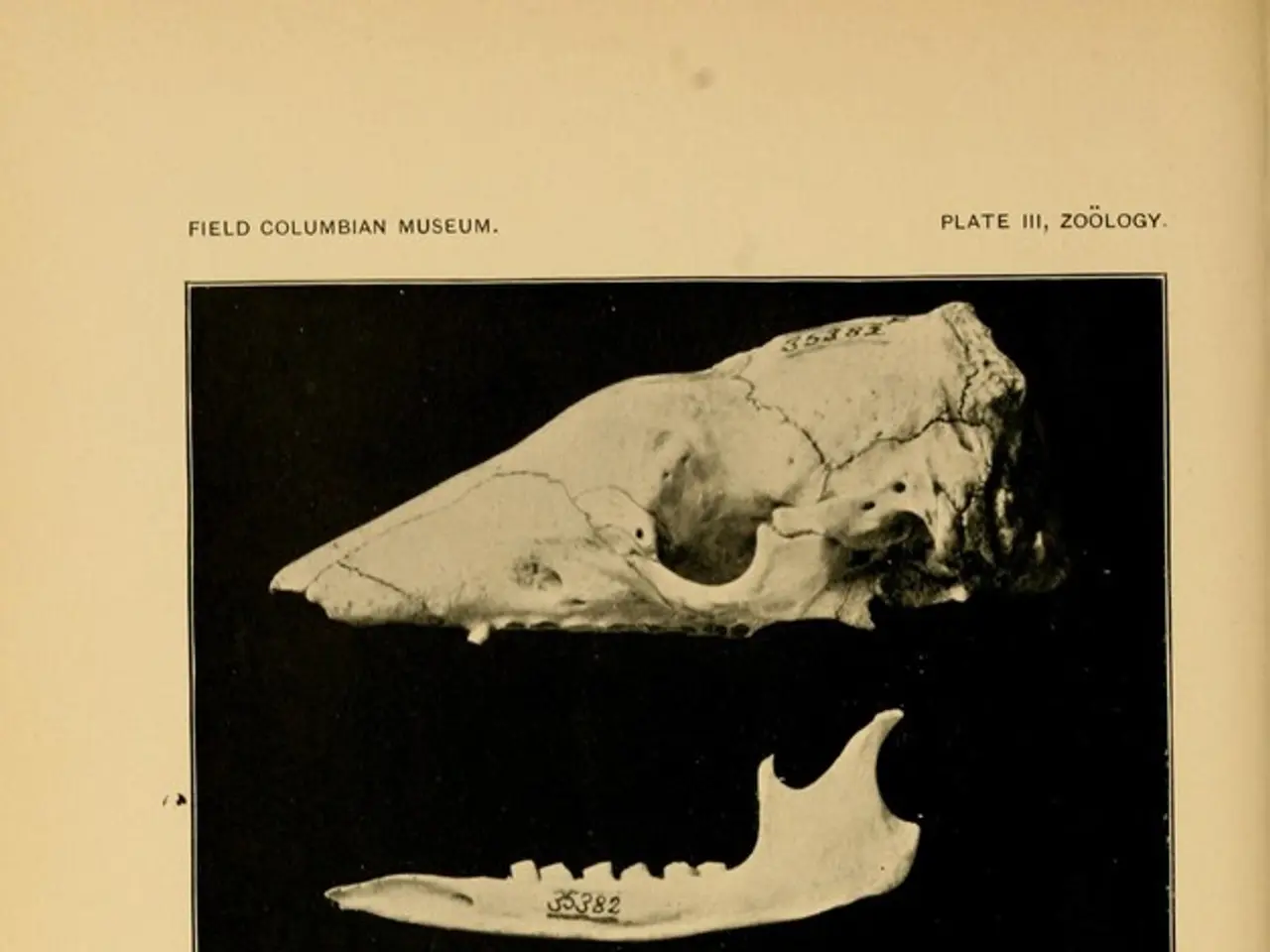AI-Empowered Spine Assessment Software Granted CE Mark by Nanox
In a significant stride towards advancing healthcare technology, Nanox Imaging Ltd, a leading medical imaging technology company, has secured EU MDR CE mark certification for its AI-powered spine assessment software, HealthOST. This software, integrated with existing picture archiving and communication systems (PACS), is set to enable timely and appropriate preventive care, particularly in the detection and management of osteoporosis.
The regulatory landscape for AI-powered medical devices and software in Europe is undergoing a transformative shift with the adoption of the EU Artificial Intelligence Act (AI Act, Regulation (EU) 2024/1689), effective from August 1, 2024. This comprehensive legal framework, scheduled to apply in full by August 2, 2026, or later dates for some specific requirements, aims to harmonize and strengthen the safety, transparency, and reliability of such technologies across Europe.
Under the new regulations, AI systems integrated into medical devices and in-vitro diagnostics (IVDs) that are classified above Class I under the Medical Device Regulation (MDR) or Class A under the In-Vitro Diagnostic Regulation (IVDR) are classified as high-risk AI systems. For these high-risk AI-powered medical devices and software, manufacturers will need to comply with conformity assessment, CE marking, and Declaration of Conformity requirements, generally starting from August 2, 2027.
HealthOST, Nanox Imaging's AI-powered software, leverages artificial intelligence to provide qualitative and quantitative analysis of the spine from CT scans. It has demonstrated significant impact in clinical pathways, as shown by its integration at Oxford University Hospitals NHS Foundation Trust, where its continued use for another three years is planned due to its proven effectiveness.
Early detection of osteoporosis is crucial, as modern treatments can improve bone strength and reduce fracture risk. Osteoporosis affects over 25.5 million women in Europe, and at least 23.8 million residents are at high risk of osteoporotic fracture. An estimated 66% of vertebral compression fractures, a strong indicator of osteoporosis, go undetected or unreported in routine CT diagnostic reporting.
HealthOST analyses routine CT scans to assess vertebral height loss and bone mineral density, aiming to improve patient outcomes and reduce the burden on healthcare systems through preventive care. In the ADOPT study, HealthOST analysed 37,220 routine medical CT scans, identifying over 3,450 new patients with vertebral compression fractures, six times more than the national average at NHS hospitals in the UK.
Professor Kassim Javaid of the Nuffield Department of Orthopaedics, Rheumatology and Musculoskeletal Sciences (NDORMS), University of Oxford, stated that HealthOST's bone solution has proven to be a game-changer in bone health management.
The annual cost of osteoporosis-related fractures in Europe exceeds 56 billion EUR, with cases expected to increase 25% by 2034 due to an aging population. As the global population continues to age, the need for advanced, AI-powered technologies like HealthOST becomes increasingly important in the fight against osteoporosis and the associated health and financial burdens.
HealthOST is the upgraded version of HealthVCF, and as a Software as a medical device (SaMD) for bone health analysis, it enables commercialisation across Europe. This regulatory approval marks a significant milestone in the continued development and deployment of AI-powered medical technologies, paving the way for a future where such technologies can help improve health outcomes and reduce the burden on healthcare systems.
- With the EU Artificial Intelligence Act coming into effect on August 1, 2024, the regulatory landscape for AI-powered medical devices and software in Europe is undergoing a significant transformation.
- Under the new regulations, high-risk AI-powered medical devices and software, like Nanox Imaging's HealthOST, will need to comply with strict conformity assessment, CE marking, and Declaration of Conformity requirements from August 2, 2027.
- By analyzing routine CT scans to assess vertebral height loss and bone mineral density, HealthOST aims to improve patient outcomes and reduce the burden on healthcare systems through preventive care.
- As the global population continues to age, AI-powered technologies like HealthOST become increasingly important in the fight against chronic diseases, such as osteoporosis, and its associated financial burdens.




